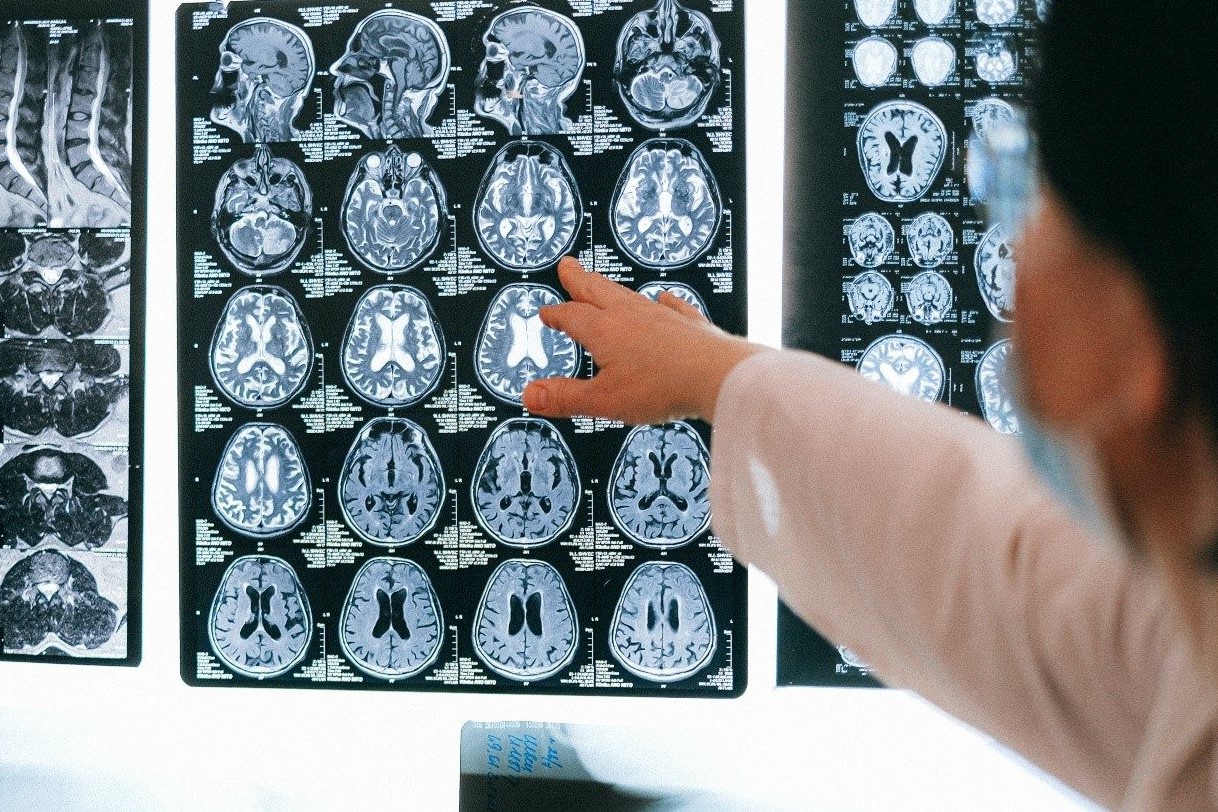
Single Photon Emission Computed Tomography (SPECT): what it is and when to perform it
Single Photon Emission Computed Tomography (SPECT) is a recent diagnostic test that allows computer reconstruction of scintigraphic images relating to the distribution of a radioactive tracer substance introduced in small doses into the patient’s body to measure certain biological and biochemical processes
It is similar to PET, but is based on the use of radioactive compounds that emit gamma radiation directly.
What Single Photon Emission Computed Tomography (SPECT) is used for
Single Photon Emission Computed Tomography is used for the diagnosis of cardiovascular diseases (heart attack and heart disease), brain and neurodegenerative diseases (Alzheimer’s, Parkinson’s, dementia, epilepsy).
It is also used in the diagnosis of tumours and visualisation of the endocrine or skeletal system.
How SPECT tomography is performed
Small doses of radioactive tracer substances are injected into the patient’s body.
Then the subject is ‘scanned’ by a gamma-camera (a device capable of detecting gamma radiation) that rotates around him or her, acquiring the necessary images.
After acquisition, the images are reprocessed and displayed by computer.
Read Also
Emergency Live Even More…Live: Download The New Free App Of Your Newspaper For IOS And Android
CT, MRI And PET Scans: What Are They For?
MRI, Magnetic Resonance Imaging Of The Heart: What Is It And Why Is It Important?
Urethrocistoscopy: What It Is And How Transurethral Cystoscopy Is Performed
What Is Echocolordoppler Of The Supra-Aortic Trunks (Carotids)?
Surgery: Neuronavigation And Monitoring Of Brain Function
Robotic Surgery: Benefits And Risks
Refractive Surgery: What Is It For, How Is It Performed And What To Do?


